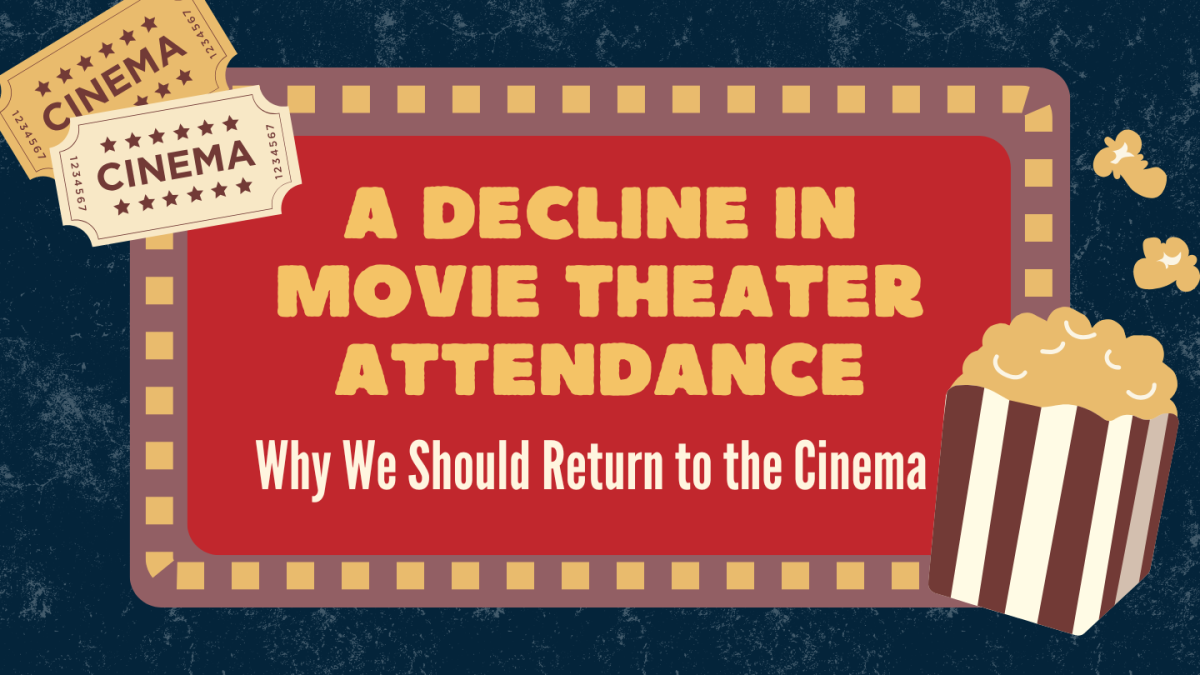In recent years, movie theaters have faced an undeniable decline in attendance. A combination of technological advancement, cultural shifts, and global disruptions—such as the COVID-19 pandemic—has profoundly altered the landscape of movie-watching.
With the rise of streaming services and home theater setups, many have chosen to forgo the cinema experience in favor of convenience. However, movie theaters provide unique benefits that cannot be fully replicated at home. Let’s explore the reasons behind the decline in theater attendance, as well as why a return to the cinema is not only beneficial but essential for film lovers and society.
1. The Rise of Streaming and On-Demand Entertainment
Perhaps the most significant factor in the decline of movie theater attendance is the rapid growth of streaming services. Platforms like Netflix, Hulu, Amazon Prime Video, and Disney+ offer vast libraries of films and series that viewers can access with a few clicks. Streaming services have also embraced a “day-and-date” release strategy, where films are released on the same day in theaters and on streaming, eliminating the need to go to a theater to see the latest release.
2. The Impact of COVID-19 on Theaters
The COVID-19 pandemic dealt a severe blow to movie theaters worldwide, with shutdowns forcing cinemas to close their doors for months. Even after restrictions were lifted, health concerns, evolving habits, and the widespread adoption of streaming created challenges for theaters trying to bring audiences back.
3. Shifts in Consumer Preferences and Lifestyle
Consumer entertainment preferences have evolved in ways that further disincentivize movie theater attendance. Today, many people want entertainment that fits into their schedules and allows for multitasking, both of which are difficult in a movie theater setting. Additionally, as people spend more time at home—working remotely, streaming content, or engaging with interactive gaming—the demand for out-of-home entertainment has diminished.
4. The Economic Argument: Rising Ticket and Concession Prices
The cost of movie tickets has been a growing concern, particularly for families. A typical movie outing can cost upwards of $50 for tickets and concessions, making it a luxury for many. Additionally, the growing quality and affordability of home theater setups have made the traditional theater experience seem less valuable by comparison. It’s important to note that premium formats, such as IMAX, have remained popular, but they come with an even higher price tag, which can further discourage attendance.
5. Why We Should Return to the Movies
Despite these challenges, movie theaters still offer irreplaceable experiences that cannot be matched by home viewing. Here are a few reasons why people should consider returning to the cinema:
a. The Power of Shared Experience
Watching a film in a theater is an inherently communal experience, allowing viewers to react together to the highs and lows of the narrative. Studies in psychology have shown that shared experiences can amplify emotional reactions, making movies more impactful. The shared laughter in a comedy or collective silence in a drama fosters a sense of connection with others, something streaming at home cannot replicate.
b. Immersive Viewing Experience
The cinematic environment is designed to immerse audiences in the film. The large screen, surround sound, and darkened room create a fully absorbing experience that removes everyday distractions. This can heighten viewers’ emotional connection to a movie, making the experience memorable. Additionally, certain films, particularly those with stunning visuals and special effects, are best appreciated in the format they were designed for—large screens and state-of-the-art sound systems.
c. Supporting the Film Industry
The film industry relies on box office revenue to fund future projects and invest in quality content. A decline in theater attendance affects not only theater chains but also filmmakers, actors, and behind-the-scenes staff. When people choose to attend theaters, they support an entire ecosystem of creative professionals whose work depends on moviegoers.
d. Tradition and Nostalgia
Going to the movies is a ritual embedded in modern culture, often tied to fond memories of family outings, date nights, and solo trips to escape the everyday. The theater experience is a unique blend of excitement, suspense, and spectacle that defines cinema as an art form. Returning to theaters is a way to reconnect with this tradition, preserving it for future generations.
e. Encouraging Focused Viewing
One of the drawbacks of home viewing is the ease with which viewers can pause or multitask, often leading to a less engaged and fragmented experience. The theater environment encourages focused, undivided attention, allowing for a deeper and more meaningful connection with the film.
While streaming offers convenience and flexibility, movie theaters provide an irreplaceable cinematic experience. Theaters create shared experiences, heighten emotional responses, and serve as a vital component of the film industry ecosystem. As technology advances and lifestyles continue to change, the future of movie theaters may lie in embracing hybrid models that incorporate both traditional and modern aspects. However, for movie lovers and society as a whole, the cinema remains a treasured space where stories come to life in ways that cannot be replicated at home.
Theater attendance is not just about saving a business—it’s about preserving a cultural experience that has brought people together for over a century.







